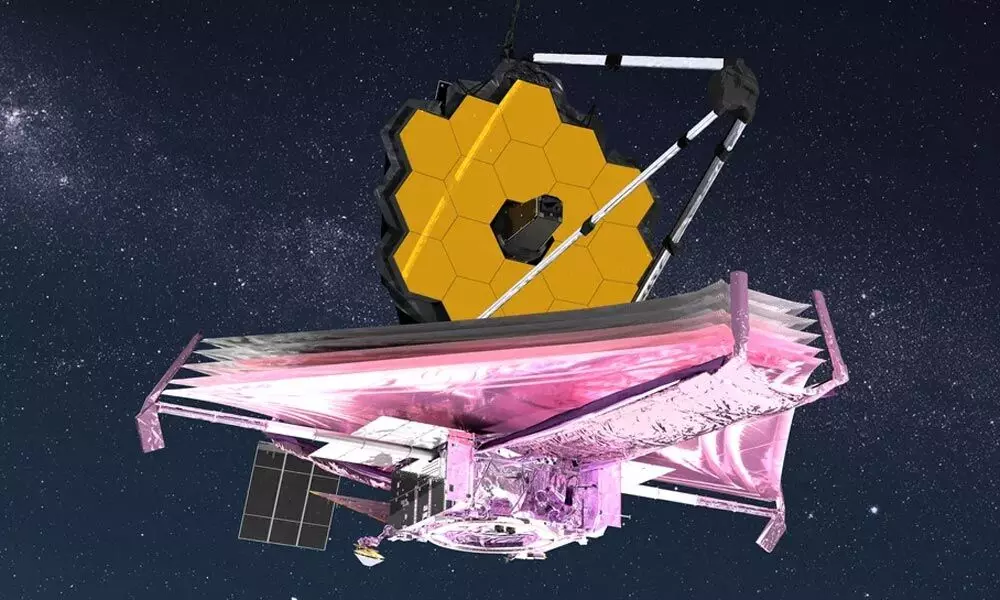NASA reveals the first images from the James Webb Space Telescope

NASA reveals the first images from the James Webb Space Telescope (Photo/theverge)
NASA revealed a mosaic of the first images captured by the revolutionary James Webb Space Telescope, or JWST. The first step is in the long process of aligning the telescope's mirrors.
NASA revealed a mosaic of the first images captured by the revolutionary James Webb Space Telescope, or JWST. The image depicts the early stages of proper alignment of the telescope's 18 main mirror segments before the JWST reaches its full potential.
The image is fuzzy, but it's a good starting point in JWST's lengthy process of adjusting mirrors to take ultra-sharp pictures of the distant Universe. The 18 points of light in the image represent the same isolated star, known as HD 84406, as seen by a different primary mirror segment. Light collected from each primary mirror segment was reflected back to Webb's secondary mirror, then measured using one of the telescope's key imaging instruments, the near-infrared camera or NIRCam. This sensor will be used throughout the telescope alignment process to determine and correct any optical errors.
According to NASA, the light-harvesting process used to generate the image mosaic took about 25 hours. The 18 images of HD 84406 were assembled from more than 1,500 images collected as Webb pinpointed various positions around the star's expected location. The mirror will begin to align itself correctly after the multiple adjustments the telescope will make in the coming months. Ultimately, those 18 stars will become one, as all the mirror segments will line up to create a smooth surface.
These are 18 dots of the same star captured with the 18 segments of JWST
Each image of the singular star is labeled as it was captured
After quite a few delays, JWST finally launched into space on Christmas Day, ending a decades-long waiting game. But the process did not stop there. A few days later, the telescope began to take on its final form through a complex two-week development sequence. On January 4, JWST successfully deployed its giant sun shield, which is essential for keeping its instruments cool. With the successful deployment of its primary mirror on January 8, all immediate implementations have been completed. Finally, on January 24, JWST reached its final orbit in space.
NASA expects the first set of clear images for scientific observation to arrive in the summer. But for now, the JWST team is excited about the results of the telescope's first imaging and alignment steps, which bring it one step closer to taking fantastic images.
"Launching Webb to space was of course an exciting event, but for scientists and optical engineers, this is a pinnacle moment, when light from a star is successfully making its way through the system down onto a detector," JWST project scientist Michael McElwain said in a blog post.














